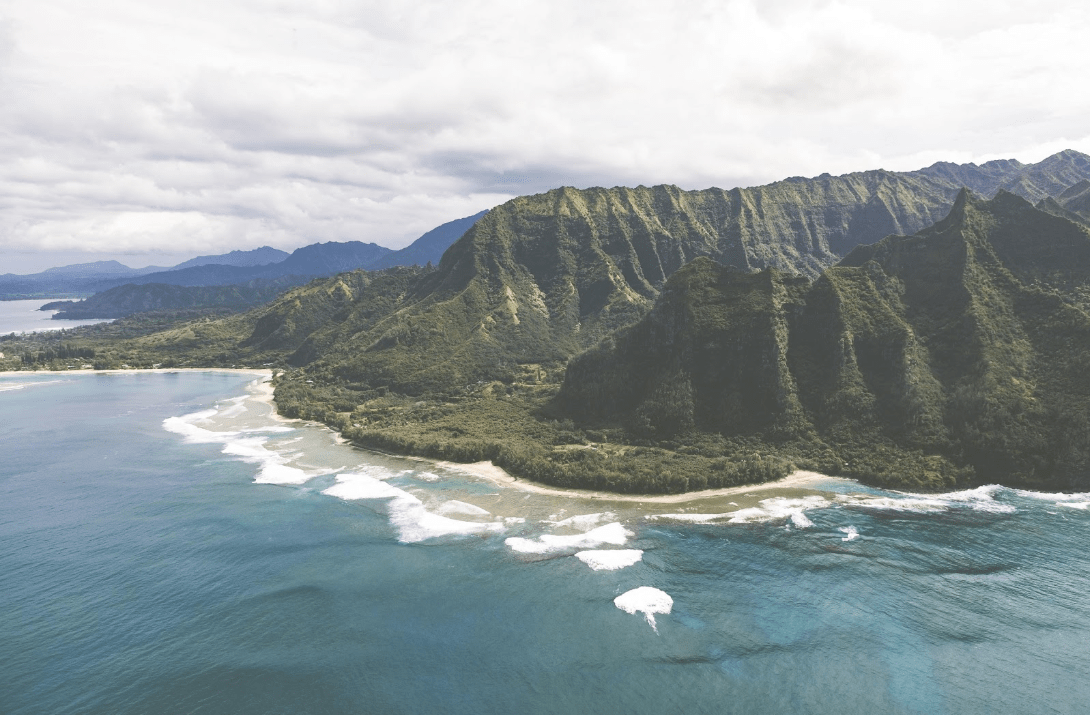As spring break approaches and the summer vacation planning begins, Hawai’i vacationers and residents alike continue to monitor the progress of construction on Kuhio Highway north of Hanalei Town.
The April 2018 flood brought nearly 50 inches of rain in a 24-hour period to Kauai (based on Waipa rain gage data from April 14-15 of 49.69 inches). This potentially sets the national rainfall record previously set by a 43-inch rainfall total in Alvin, Texas.

Although Kauai is open for business, there are still many questions regarding the re-opening of the road for non-residents, vacation rentals, and local traffic. Keep reading to see some frequently asked questions and answers regarding the Kūhiō Highway emergency repairs.
1. When is the road going to reopen?
As of January 2019, HDOT estimates the slope stabilization and roadway repairs needed to safely open Kuhio Highway past Anae Road (the Waikoko Checkpoint) to two-way traffic will be substantially complete in April 2019. The limited access convoy for Wainiha and Haena residents will continue to operate until such time as HDOT determines it is safe to allow access without it.
2. Why are the road repairs taking so long?
The April 2018 flood caused significant damage to approximately 32 areas on Kuhio Highway and set the nationwide 24-hour rainfall total. HDOT committed to repairing the areas where the highway was washed away as well as doing slope stabilization to improve the dependability of the route in the future.
3. Why can’t residents have free access to the road when construction stops for the night?
Convoy operations through the various construction zones, especially those involving stabilization of slopes above and below the highway, require escort for the safety of those travelling the road. There are many areas where the speed limit has been reduced and the road has been weight restricted for safety and to ensure no further damage to the roadway. Running the convoys ensures that motorists traverse the road safely and do not cause additional damage.
HDOT is continuing to explore options to increase service to the community while keeping available resources in mind.
4. How can residents obtain passes?
Resident placards, work passes, and shuttle passes are verified and distributed by the County of Kauai Planning Department. For more information on the needed identification for passes, click here.
5. Are non-residents allowed to walk or bike past the checkpoint?
No. Only authorized individuals and vehicles are permitted to enter past the road closure for safety reasons.
6. Are tourists able to access North Kauai landmarks such as the Haena State Park, the Napali Coast State Wilderness Park, Kee Beach, and Tunnels?
Haena State Park and the Napali Coast State Wilderness Park were damaged in the April flood and remain closed. Please refer to the Department of Land and Natural Resources for more information. Access to Ke’e Beach and Tunnels is not permitted for unauthorized individuals as they are past the road closure.
7. I am a TVR owner. The road closure is hurting my ability to operate my vacation rental. What can I do?
The U.S. Small Business Administration authorized Economic Injury Disaster Loans (EIDL) for the April Flood. EIDLs are meant to help small businesses meet the ordinary and necessary financial obligations that cannot be fulfilled because of the disaster. The EIDL filing deadline is March 27, 2019.
Download More Information on This Program
8. Will there still be road work ongoing when the road reopens?
Depending on the work requirements, there may be lane closures with alternating traffic control after the road is reopened.
9. Who can I contact to report uncovered work trucks or other construction-related issues?
Please call our 24-hour project hotline at (808) 230-0796 or toll-free at 1 (800) 722-9012. Project related emails may be sent to kuhiohighwayemergencyrepairs@gmail.com or dotpao@hawaii.gov.